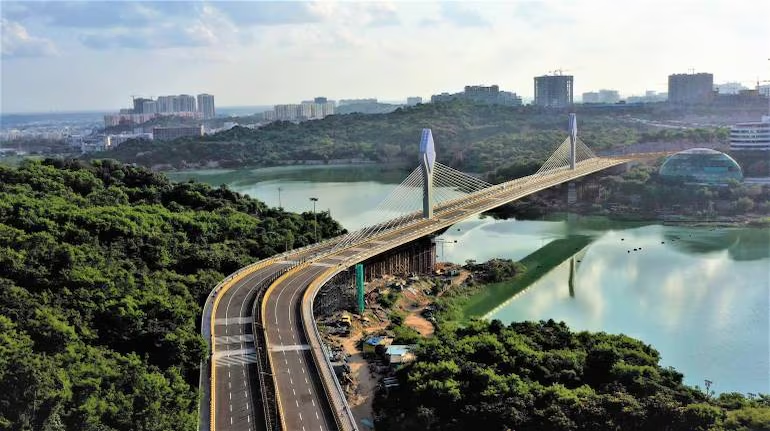Experts Call for Enhanced Infrastructure to Bridge Urban and Rural Growth Gaps in Telangana
The growing trend of urbanisation in Telangana has raised concerns about the widening gap between urban and rural areas. While Telangana has long been known for its agriculture, the state’s urban growth has been accelerating rapidly. The increasing migration from rural to urban spaces presents both challenges and opportunities for the state. Experts are now calling for enhanced infrastructure to ensure that both urban and rural regions experience sustainable and balanced growth.
A recent socio-economic survey in Telangana revealed that the state’s population dynamics are shifting. The Telangana Socio-Economic, Educational, Employment, Political, and Caste (SEEEPC) Survey highlighted that rural areas still have a higher number of households, with 66 lakh households in rural areas compared to 45 lakh in urban regions. The relatively small gap of 20 lakh households indicates the growing migration towards cities, a trend that is becoming increasingly evident, especially among the younger population. Professor B Sri Nagesh, director of the Regional Centre for Urban and Environmental Studies at Osmania University, explained that the trend of urbanisation is primarily concentrated around major cities such as Hyderabad, Rangareddy, and Warangal. This shift is largely driven by young people seeking better career and educational opportunities, which are often limited in rural areas. “The younger generation is less inclined to pursue farming and more drawn to the opportunities that urban centres provide,” Professor Nagesh noted.
With urbanisation rates in Telangana at 38%, far exceeding the national average of 31%, experts predict that by 2050, nearly 44% of the population could be living in urban areas. This rapid migration poses several challenges for both rural and urban regions, with rural areas needing better infrastructure to retain their population and urban areas requiring resources to handle the growing influx of people. Despite the rapid urbanisation, experts urge the state to adopt a more balanced approach to development, ensuring that both urban and rural regions benefit from infrastructure improvements. Krishna Reddy Chittedi, an associate professor at the School of Economics in the University of Hyderabad, emphasised the importance of not neglecting rural areas. He suggested models like the Provision of Urban Amenities to Rural Areas (PURA), which was initially proposed by former President APJ Abdul Kalam. PURA aims to bring urban-level amenities such as education, healthcare, and clean water to rural regions, thereby reducing the migration pressure on cities.
Chittedi pointed out that although Telangana is a leading producer of paddy, the younger generation continues to migrate to urban centres in search of better job prospects and amenities. Without addressing the growing infrastructure needs in rural areas, the state risks further exacerbating the rural-urban divide, which could impact long-term economic stability. The future of Telangana depends on how effectively the state can invest in infrastructure to support its growing population in both urban and rural areas. Experts argue that a strategic and coordinated approach to infrastructure development is critical. While the state has made significant strides in urban development, it is essential to balance this with targeted efforts to improve rural areas. This will ensure that opportunities are not just concentrated in cities but are available to residents across the state. By investing in infrastructure that supports both urban and rural growth, Telangana can bridge the gap between its rural and urban populations, fostering sustainable growth and ensuring that the aspirations of its young population are met. As migration patterns continue to evolve, a comprehensive approach to infrastructure development will be key to managing this shift effectively.




